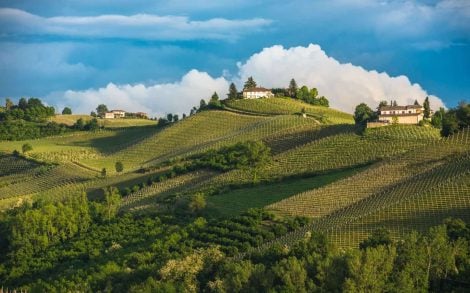The news coming from Abbruzzo tells us of a region looking toward the future. The "Abruzzo Model" is working to reshape regional production with the goal of raising quality standards, attempting to distinguish between an increasing number of producers focused on identity-driven, terroir-based wines, and bottlers who prioritize quantity (often at overly low prices).
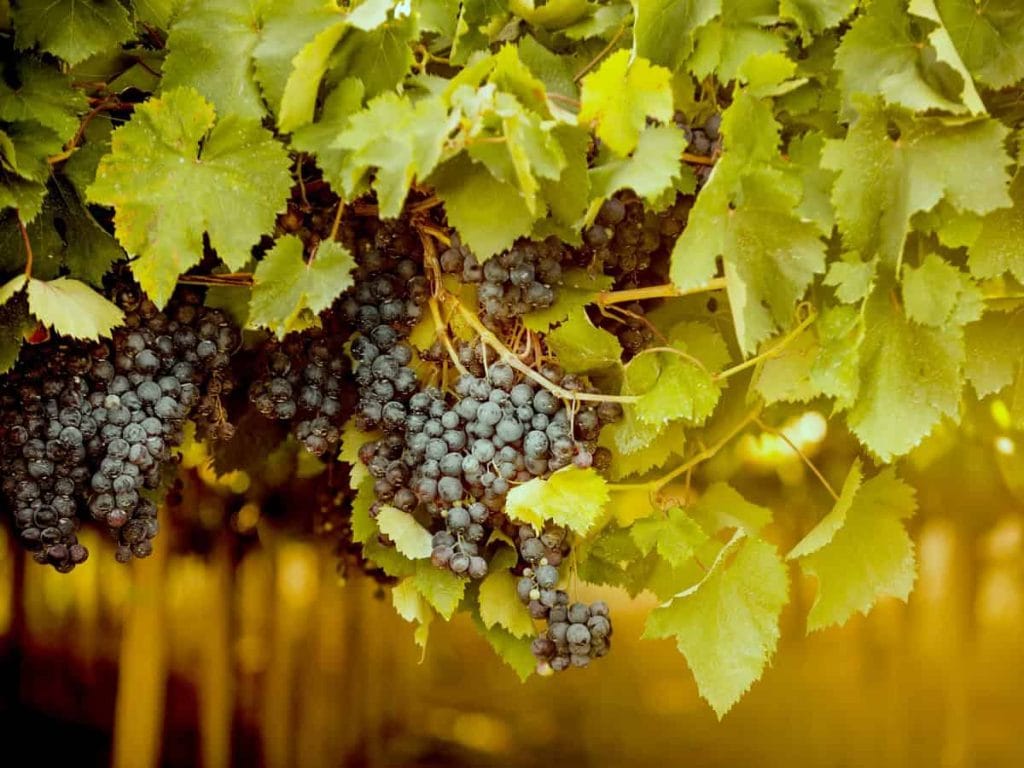
Abruzzo Vineyards - photo Straccini
Abruzzo wines: subzones on the label
The mention of subzones on the label, such as Terre di Chieti, Terre de L’Aquila, Colline Pescaresi, and Colline Teramane, for the Superiore and Riserva categories of the regional designation, will become a tangible marker of wines that must be bottled within the production area. More importantly, these wines aim to achieve recognition of the bond between grape variety and territory. This seems to be the right path to differentiate the production of a region that boasts over 33,000 hectares of vineyards, stretching from the cooler slopes of the Apennines, under the shadow of the Gran Sasso and Majella mountains, down to the Adriatic Sea, where vineyards almost touch the coast. We look forward to seeing the results in the glass in the coming years.
The difficult 2023 vintage and the old Montepulciano recipe
But there are also some downsides. The 2023 vintage, as widely known, was devastated by downy mildew, with some areas of the region losing up to 80% of their crop. We believe that quality has also been somewhat affected: this was evident during our tastings for Gambero Rosso’s Vini d'Italia 2025 guide, especially in the white wines (most of the 2023 red wines will be available for tasting in the coming years), which lacked the brightness and sharpness we are used to.
As for Montepulciano, despite some producers stepping up their game, most still seem stuck in the old ways, relying on heavy extraction, concentration, and excessive use of oak. In a time when consumption is slowing, and there is a demand for lighter wines with lower alcohol content, perhaps some adjustments are needed.
That being said, the high points are remarkable, as demonstrated by the wines that have earned the coveted Tre Bicchieri award for 2025.

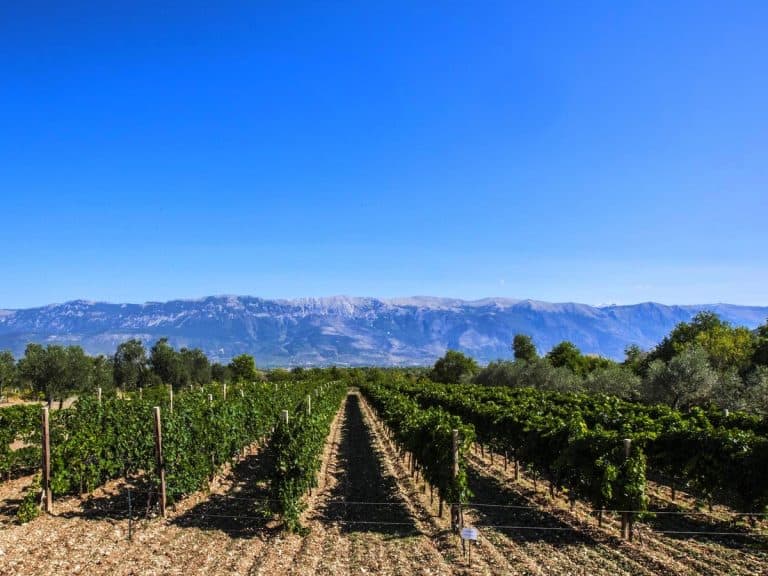
 Brigitte Bardot’s final rosé: the wine that marks the end of an icon
Brigitte Bardot’s final rosé: the wine that marks the end of an icon What you need to know about Italy's new decree on dealcoholised wine
What you need to know about Italy's new decree on dealcoholised wine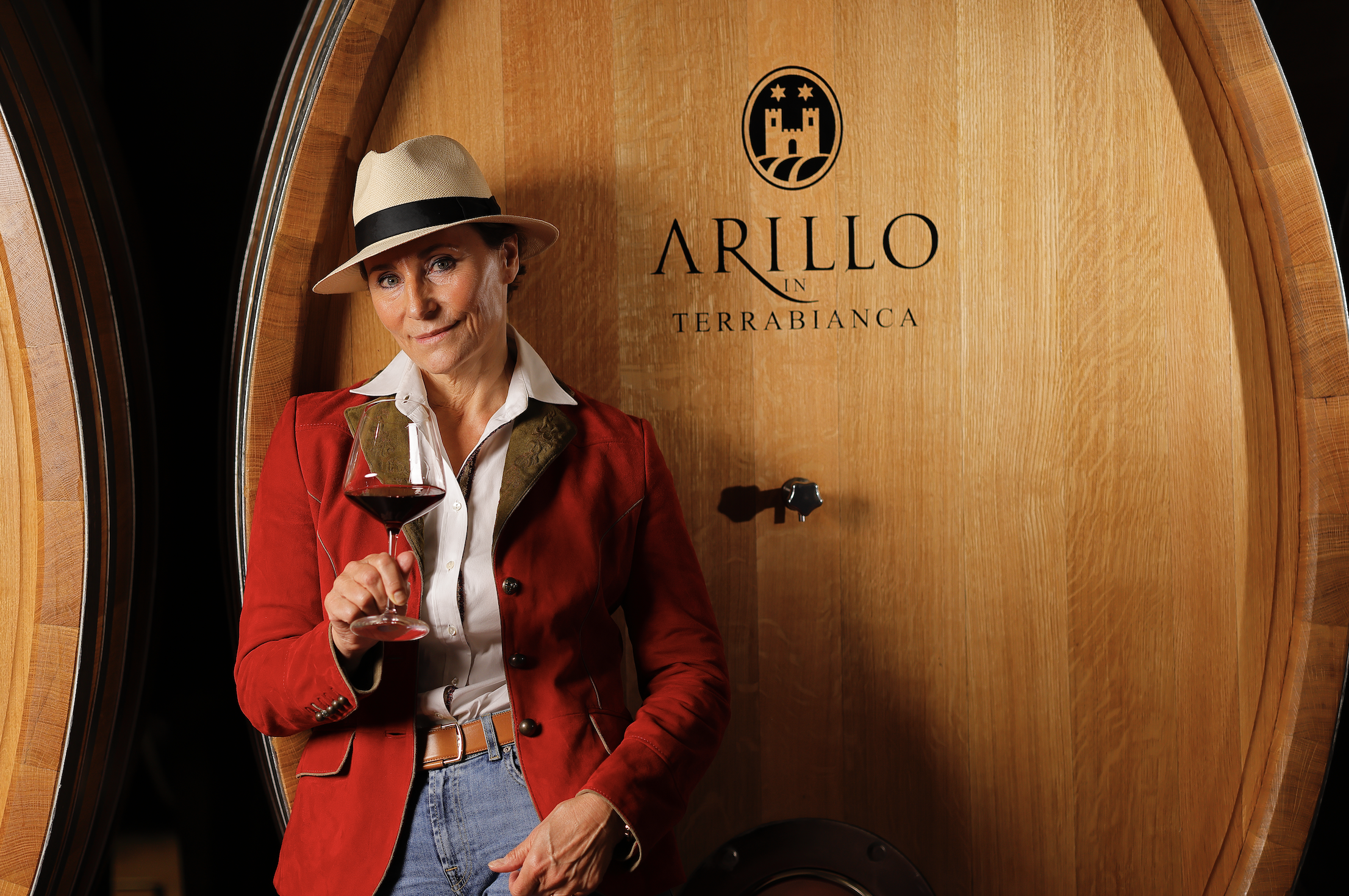 Why Arillo in Terrabianca's organic approach is paying off
Why Arillo in Terrabianca's organic approach is paying off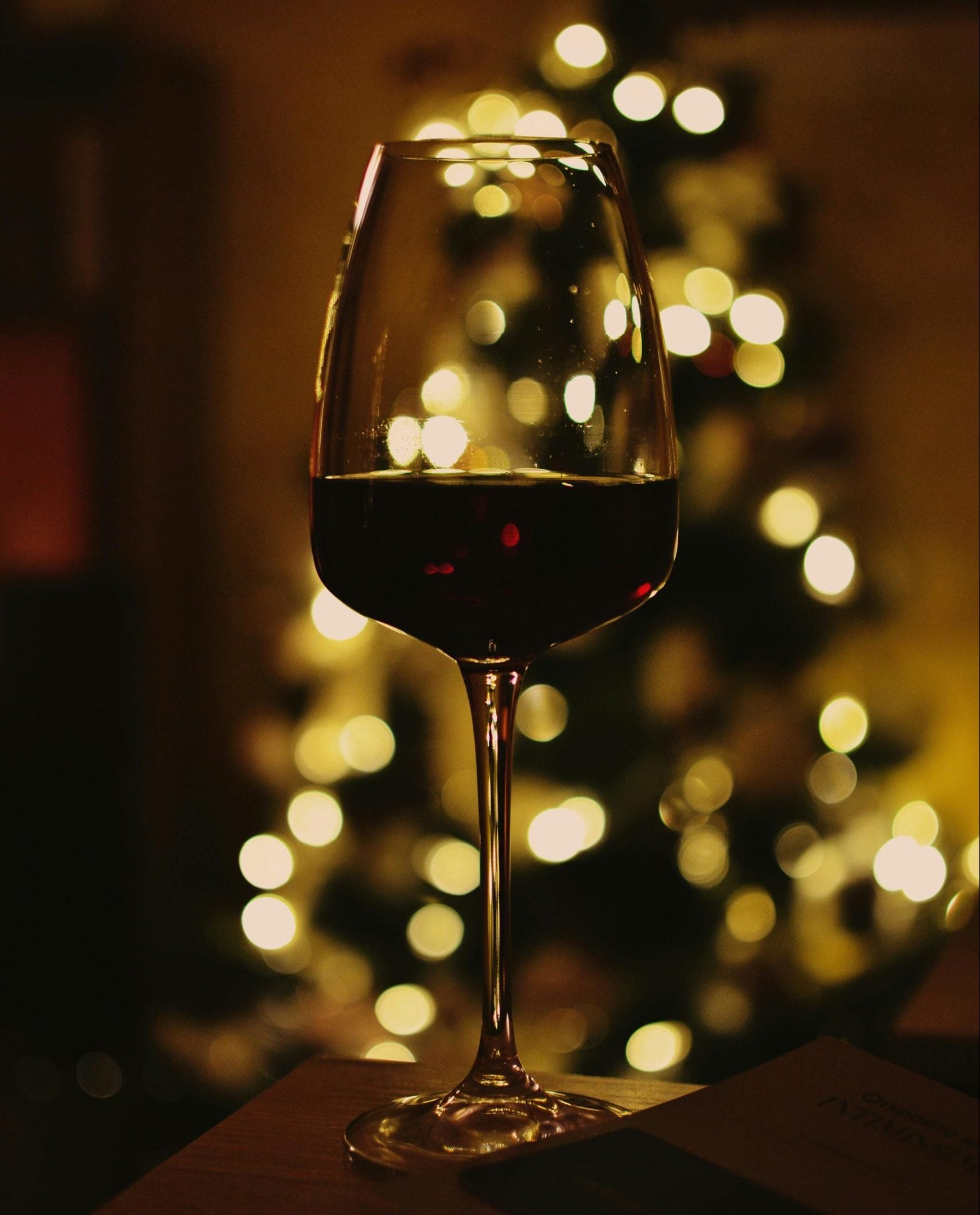 What do sommeliers drink at Christmas?
What do sommeliers drink at Christmas?


